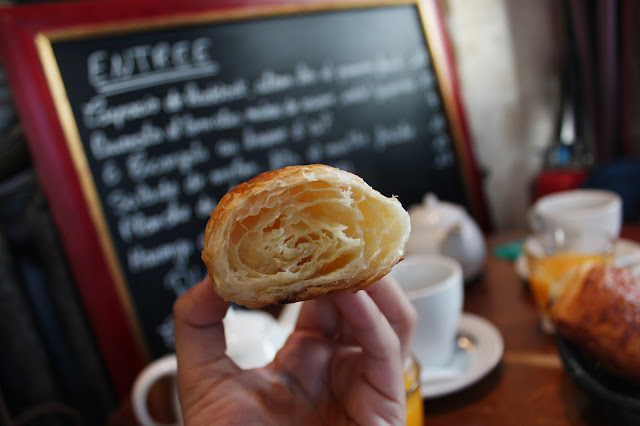Collodion Wet Plate Photography in the 21st Century
The collodion wet-plate photography process popped up on the historical radar right before the more common daguerreotype exploded. The process uses a glass photographic plate coated in light-sensitive collodion. The plate is loaded into the camera immediately and exposed. The plate (which captures a latent negative image) has to be developed rather quickly, and then the etched plate is fixed, so that the positive image will appear.
UK artist Sam Cornwell converted a camper to be a portable wet-plate darkroom. The film below documents his journey to Lacock Abbey, where Henry Fox-Talbot pioneered the wet-plate process with one of his early images of the Abbey's windows.
PILGRIMAGE, by Sam Cornwell
see the original post on the 500px.com blog
Another photographer, Jake Potts of BrutonStroube photo house, found one of the coolest ways to customize his iPhone: use it as a wet plate. See how he did it!






.jpg&container=blogger&gadget=a&rewriteMime=image%2F*)

Comments